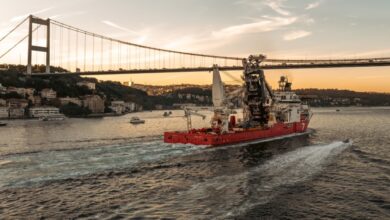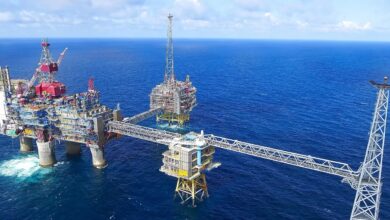Maersk Drilling adds well intervention scope for low-emission jackup with Equinor
Equinor has exercised an option to add well intervention work at the Martin Linge field offshore Norway to the previously agreed work scope for Maersk Drilling’s Maersk Intrepid jackup. The well intervention scope has an estimated duration of 29 days. The firm value of the contract extension is approximately $9.9 million, including integrated services but excluding potential performance bonuses.
The contract extension is entered under the master framework agreement between Equinor and Maersk Drilling, in which the parties have committed to collaborate on technology advancements and further initiatives to limit greenhouse gas emissions. The contract with Equinor contains a performance bonus scheme based on rewarding reduced CO2 and NOx emissions.
Maersk Intrepid is an ultra-harsh environment CJ70 jackup designed for year-round operations in the North Sea and featuring hybrid, low-emission upgrades. It was delivered in 2014 and is currently operating at Martin Linge for Equinor.




